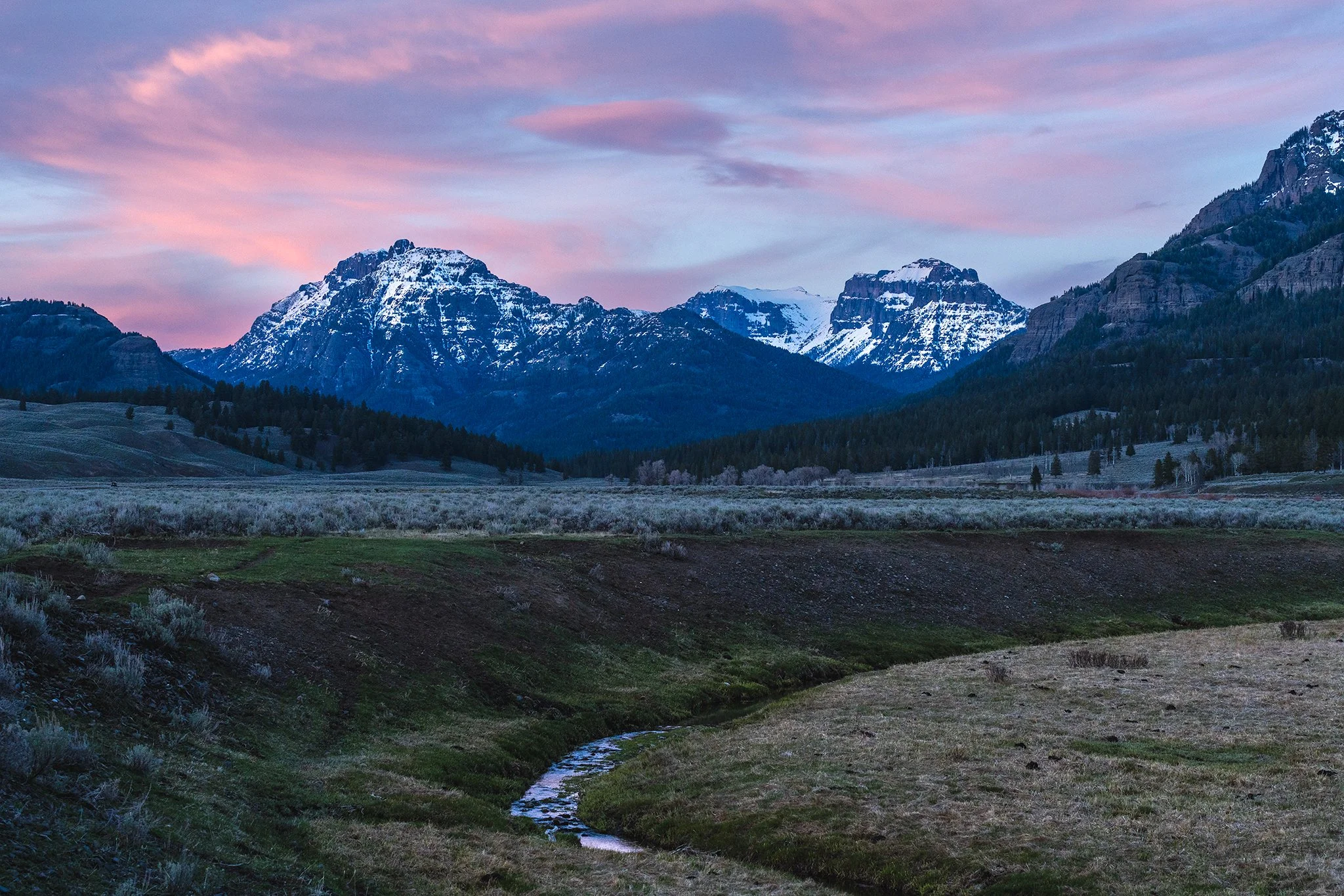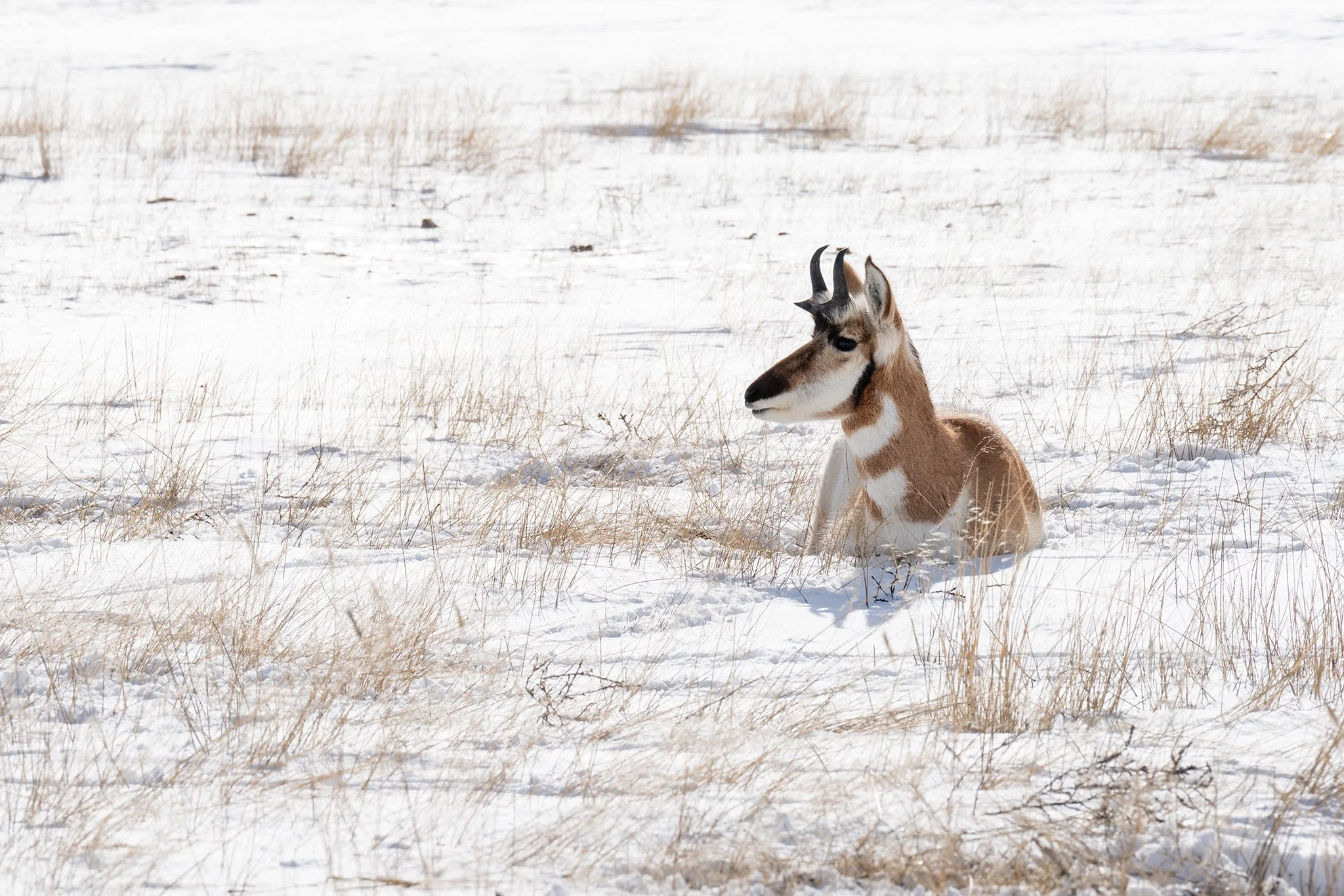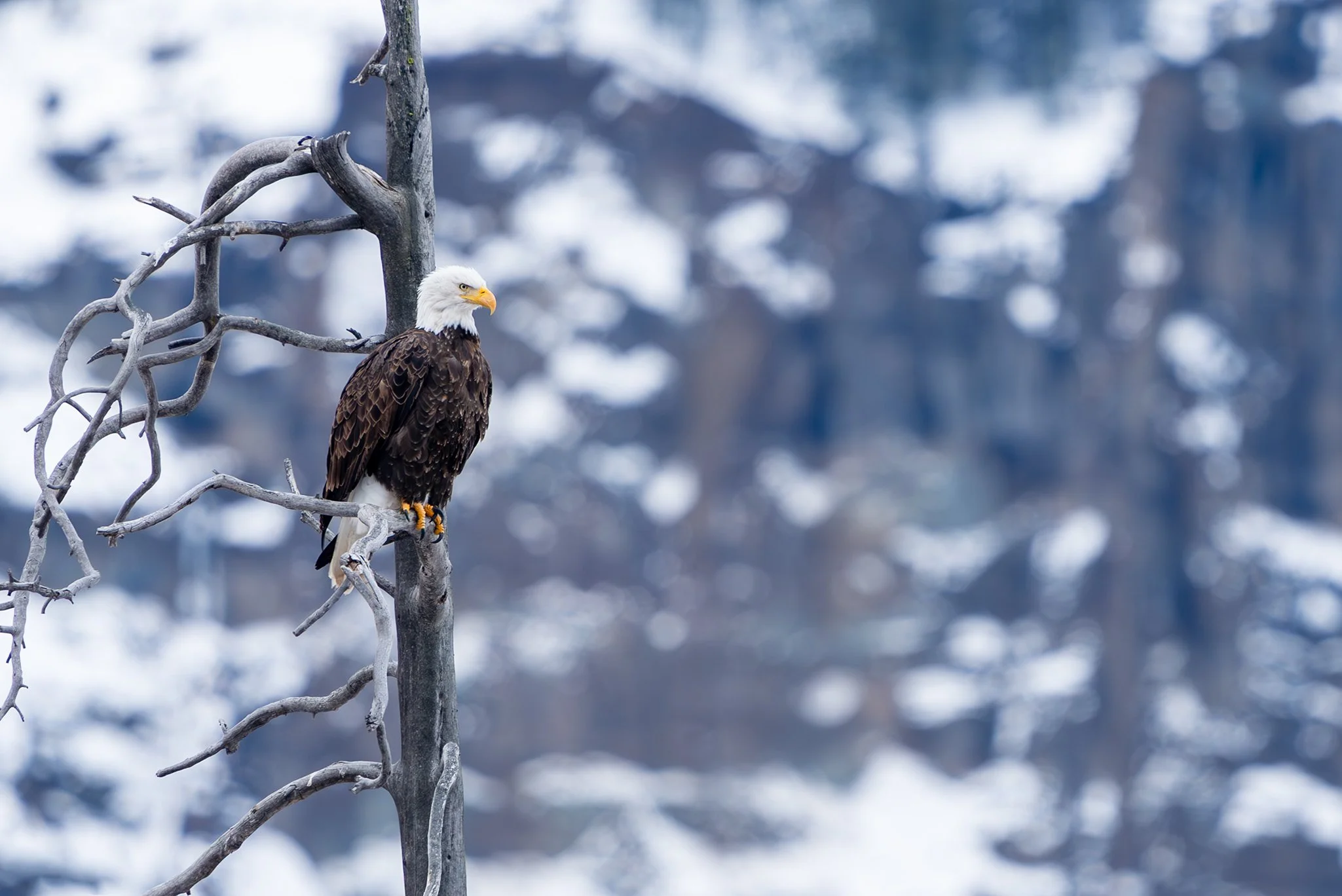What’s Happening in Yellowstone November 2024
Transition into Winter in Lamar
As the days grow shorter and the first snowflakes begin to settle in Yellowstone National Park, November marks a dramatic transition period in Lamar Valley. With temperatures dropping, wildlife activity adjusts to the onset of winter, making it an exciting time for visitors hoping to catch glimpses of the park’s iconic species.
Weather Conditions: What to Expect in November
By November, the weather in Lamar Valley takes a sharp turn towards winter. Snowfall becomes increasingly common, blanketing the valleys in white. Temperatures range between 10°F and 35°F during the day, while overnight lows can plunge into the single digits. The cold winds sweeping through the open expanses make it feel even colder. Snow accumulation in the higher elevations can be significant, while the lower valleys may experience intermittent snow coverage.
Traveling through the park becomes more challenging as snow begins to cover roads and trails. However, for those prepared for the elements, November offers a serene, quiet atmosphere far removed from the summer crowds.
Wildlife Activity: Wolves and Elk in Lamar Valley
November is one of the best months for spotting wolves in Lamar Valley. With the elk herds beginning their migration to lower elevations, wolves become more active, following these prey animals as they move. Lamar Valley is home to several well-known wolf packs, including the Junction Butte and Lamar Canyon packs, which are frequently seen during this time of year. The white landscape makes the dark coats of the wolves easier to spot from a distance, particularly at dawn and dusk when they are most active.
Elk, having finished their fall rut, are more focused on survival as food becomes scarce. By November, the elk herds have started to leave the higher, snow-covered ridges, descending into the valleys where they are more vulnerable to predators like wolves and bears. Elk bulls may still retain some of their majestic antlers, but they are starting to shed them in preparation for the harsh winter ahead.
Bison and Pronghorn: Surviving the Harsh Conditions
Bison remain a constant presence in Lamar Valley during November. These massive animals have adapted to endure Yellowstone’s fierce winters, and in November, they can still be seen grazing on the sparse grass that remains. Bison use their powerful heads to sweep away snow and access the vegetation underneath, a behavior you might witness if you're lucky.
Pronghorn antelope, which are more often seen in the grasslands of Lamar Valley, also persist through the month, though their numbers may start to thin out as the snow deepens and some move to more favorable wintering grounds.
Late Fall Bear Behavior
While many grizzly bears have already retreated to their dens by November, there is still a chance to spot a few individuals in Lamar Valley. Bears spend the last part of October and early November preparing for hibernation, eating voraciously to gain enough fat to sustain them through the winter months. It’s not uncommon to see grizzlies feasting on carrion or scavenging in areas where wolves have made a kill.
Though bear sightings become rare as the month progresses, their tracks in the fresh snow can still offer signs of their presence.
Raptors and Smaller Predators
November is also a great time for bird watchers. Bald eagles and golden eagles can be seen patrolling the skies, while ravens and magpies scavenge for food. Coyotes, often overshadowed by their larger wolf cousins, are also a common sight. They can be seen hunting small mammals or opportunistically scavenging remains from wolf kills.
What to Prepare for in November
If you’re planning a trip to Yellowstone in November, preparation is key. The cold and snowy conditions require layered, insulated clothing, sturdy boots, and perhaps even snowshoes or cross-country skis, depending on where you plan to explore. The roads to Hayden Valley may start to close as winter progresses, so always check the park’s road status before setting out. Lamar Valley is more accessible, though driving conditions can still be challenging due to ice and snow.
See more about road closures here.
NPS Yellowstone Park Roads
A good pair of binoculars or a spotting scope is essential for viewing wildlife at a distance, especially wolves, which tend to stay far from roads. November also offers a more intimate experience of the park, as the crowds thin out, leaving you with a sense of solitude amidst the dramatic winter landscape.
The Beauty of November in Yellowstone
November is a month of transition in Yellowstone’s Lamar Valley. As the landscape shifts into winter, the wildlife adjusts to the cold, creating unique opportunities for observing predator-prey interactions and experiencing the park’s stark beauty. Whether you’re hoping to spot wolves, bison, or the last of the bears before hibernation, November offers a quieter, yet equally captivating, side of Yellowstone.







